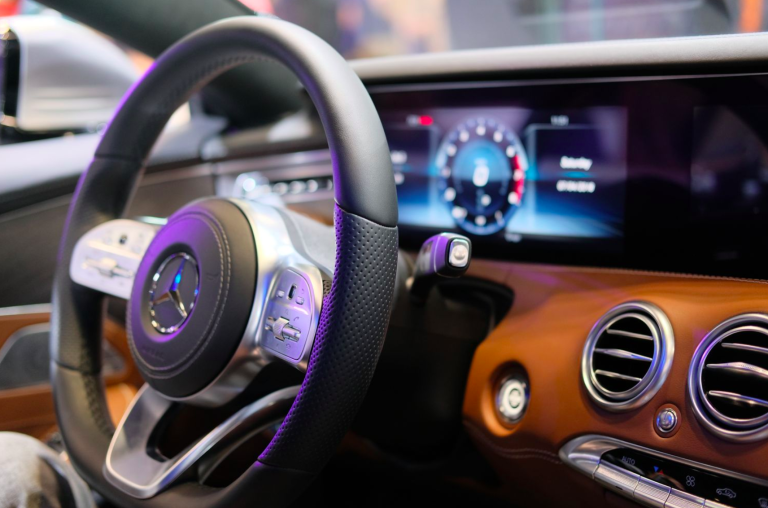How AI is Revolutionizing Ocean Health Monitoring 🌊
In today’s rapidly evolving technological landscape, artificial intelligence (AI) is making waves—quite literally—in the realm of ocean health monitoring. From tracking marine life to predicting environmental changes, AI is proving to be an invaluable ally in preserving our oceans. Let’s dive into how AI is transforming the way we understand and protect these vast blue expanses.
Table of Contents
1. The Impact of AI on Ocean Health
2. AI in Marine Life Monitoring
3. Predicting Climate Change Effects
4. Combating Ocean Pollution
5. Conclusion: A Hopeful Future
6. FAQ
The Impact of AI on Ocean Health 🌐
AI’s ability to process vast amounts of data quickly and accurately makes it a game-changer in ocean health monitoring. By leveraging machine learning algorithms, AI systems can analyze complex datasets from satellites, underwater sensors, and drones to provide insights that were previously out of reach. This enables scientists to make more informed decisions about conservation efforts and policy-making.
AI in Marine Life Monitoring 🐋
One of the most exciting applications of AI in ocean health is in monitoring marine life. AI-powered drones and underwater robots can track the movements and behaviors of sea creatures, providing researchers with real-time data and new insights. For instance, AI can help identify patterns in migration, breeding, and feeding habits, which are crucial for species conservation.
Predicting Climate Change Effects 🌍
AI is also playing a pivotal role in predicting the impacts of climate change on oceans. By analyzing historical and real-time data, AI models can forecast changes in sea levels, ocean temperatures, and acidity levels. These predictions allow for proactive measures to be taken, such as protecting vulnerable coastal areas and adapting fisheries management practices.
Combating Ocean Pollution 🧴
Ocean pollution is a growing concern, and AI is helping to address this issue by identifying and tracking pollution sources. AI systems can detect oil spills, plastic debris, and other pollutants using satellite imagery and sensor data. This information is critical for initiating clean-up efforts and implementing preventive measures to protect marine ecosystems.
Conclusion: A Hopeful Future 🌟
The integration of AI into ocean health monitoring offers a promising future for our oceans. By providing deeper insights and enabling more effective conservation strategies, AI is helping us to protect one of our planet’s most precious resources. As technology continues to advance, so too will our ability to preserve the health of our oceans for generations to come.
FAQ 🤔
How does AI help in tracking marine life?
AI utilizes drones and underwater robots to monitor marine species, analyzing their movements and behaviors, which aids in the conservation of biodiversity.
Can AI predict oceanic changes due to climate change?
Yes, AI models can forecast changes in sea levels, temperatures, and acidity by analyzing extensive datasets, allowing for timely and informed responses to climate change impacts.
What role does AI play in reducing ocean pollution?
AI helps identify and track pollution sources, such as oil spills and plastic waste, using satellite imagery and sensor data, enabling targeted clean-up and prevention strategies.
Is AI the future of ocean conservation?
AI is poised to be a crucial tool in ocean conservation, offering innovative solutions and insights that were previously inaccessible, thereby enhancing our ability to protect marine environments.
How accessible is AI technology for ocean health monitoring?
As AI technology continues to advance and become more cost-effective, its accessibility for ocean health monitoring will likely increase, benefiting research and conservation efforts worldwide.



